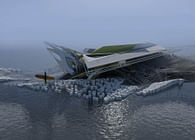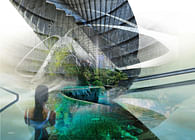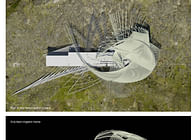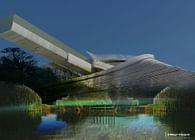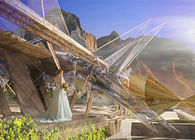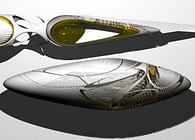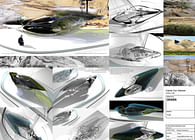
Montenegro has a long and old history with religion and politics. Many Orthodox Christians retreated to the mountains in the 1600s to escape the Ottoman Empire, and this happened again during the great wars. Today, it is a thriving tourist and mining-based country with many mountain tunnels left unexcavated as shortcuts towards the Adriatic Sea.
Pilgrimage to Ostrog, one of Montenegro’s most famous cliffside churches, is still being undertaken today. Montenegro has a varied and, at times, treacherous and dangerous landscape; the country borders Serbia and Albania and has vertiginous mountain ranges, dense dark forests, mountain plains, valleys (canyons and gorges) and basins; a dynamic physical geographic basis and strip of the Adriatic coast. Tourists, worshipers and families visit yearly, where most drive into one of the coastal towns for vacation. The dangerously sinuous roads are responsible for many accidents and deaths, with shrines dotted along them. The country is steeped in harrowing tales of bloodshed etched into the landscape. The project respects the region’s natural beauty but considers the tough and inhospitable landscape, suggesting a more aggressive, dynamic approach to the design.
The project brief brings renewable energy to the worshipping communities by designing a cliffside chapel. Montenegro has a prevailing wind called Bora, fastest at the highest peaks, embracing the cliffsides by running along them. The site is a disused, partly constructed tunnel with the retaining cliff walls built. Located between Kotor and Budva, I combined the summer music festivals and raves popular in the area with a chapel, a type of renewable energy gathering—a congregation.
The Bora, prevailing wind, reaches 100 mph at the highest latitude; the architecture choreographs the wind through the wind turbine channelled walls. The wind turbines are positioned in series to accelerate the speed when passed through differing cross-sections within the chapel design, increasing speed and efficiency. The building uses Archimedes spiral turbines as they are more resilient and better suited for the Montenegrin environment’s characteristics. These turbines are less complicated to lean and are weighted differently to minimise backwind interference between the turbines, which will slow down and prevent maximum energy output.
The church uses the idea of a congregation, a gathering of people to unite for self-expression and worship, echoing nearby raves and music festivals held along the coast, as well as Ostrog cliff church. The concept is to design spaces and platforms to bring people together using their kinetic movement and heat to generate electricity by employing thermodynamics and piezoelectricity along with wind energy, bringing sustainability from renewable energy to the remote areas of Montenegro. At times, the treacherous landscape with vertiginous heights can be unwelcoming to occupy, yet with a strong sense of history and community, this becomes possible with the thermodynamic wind turbine chapel venue since the generated surplus energy lights up the dangerously curved roads leading drivers to the Adriatic Sea from other nearby cities. The typology of the chapel focuses on renewable energy and congregation. Worship, music and dance come together in one building.
Status: Under Construction
Location: Kotor, Montenegro
My Role: Principal architect
